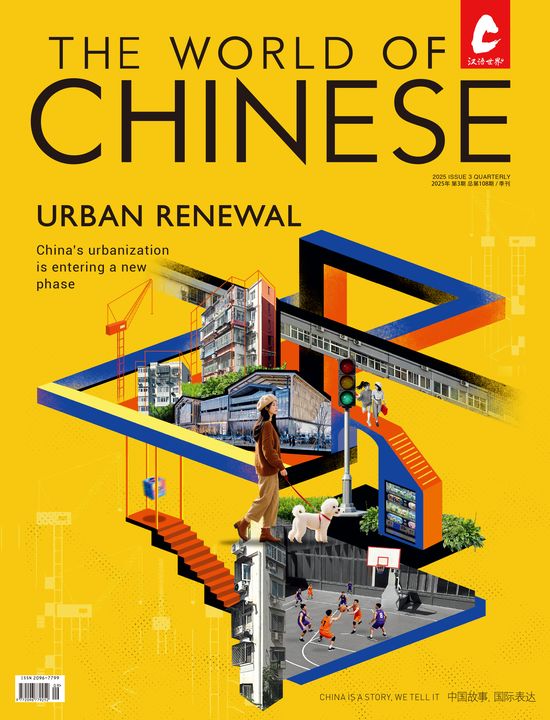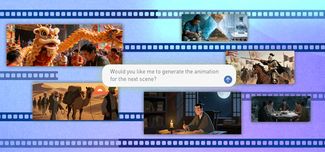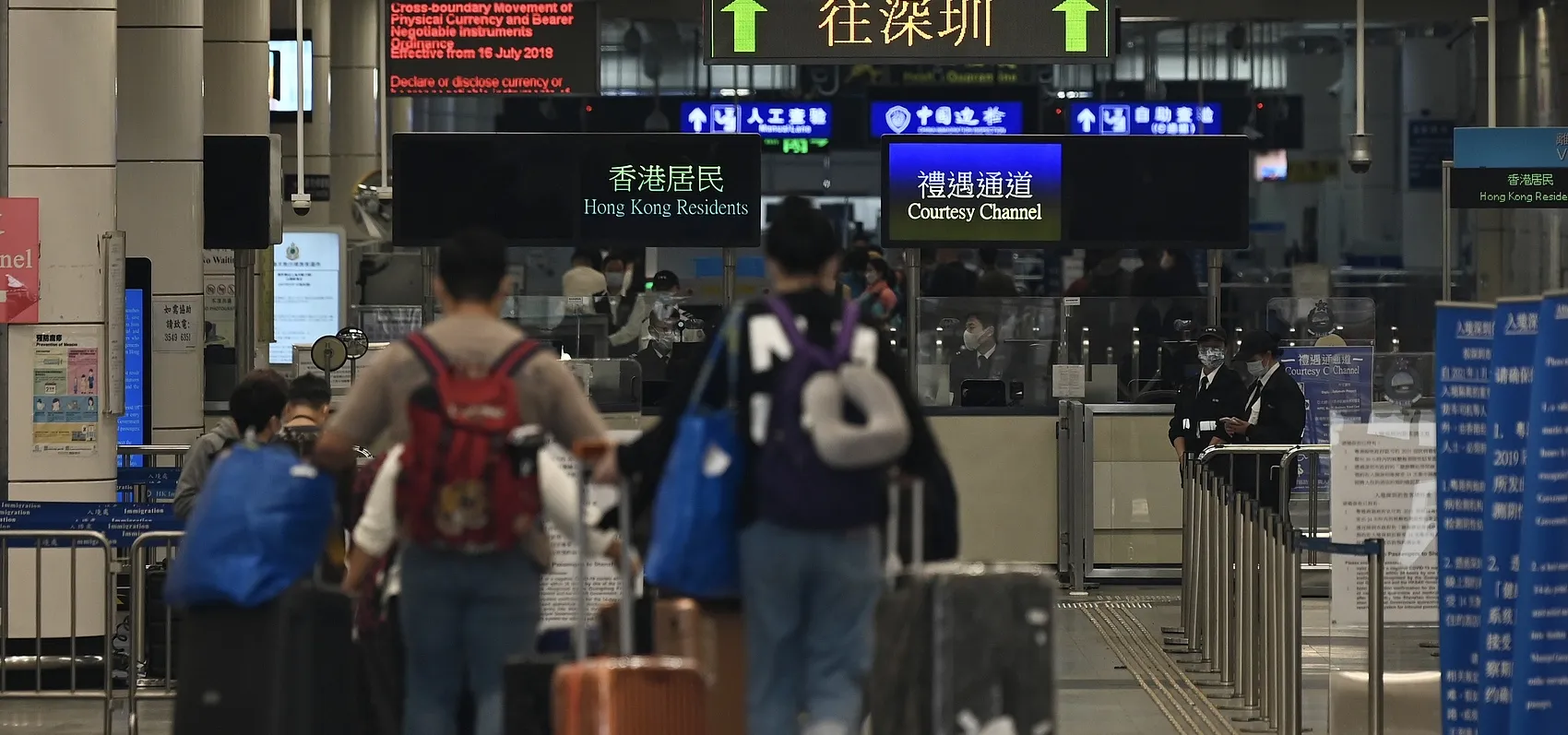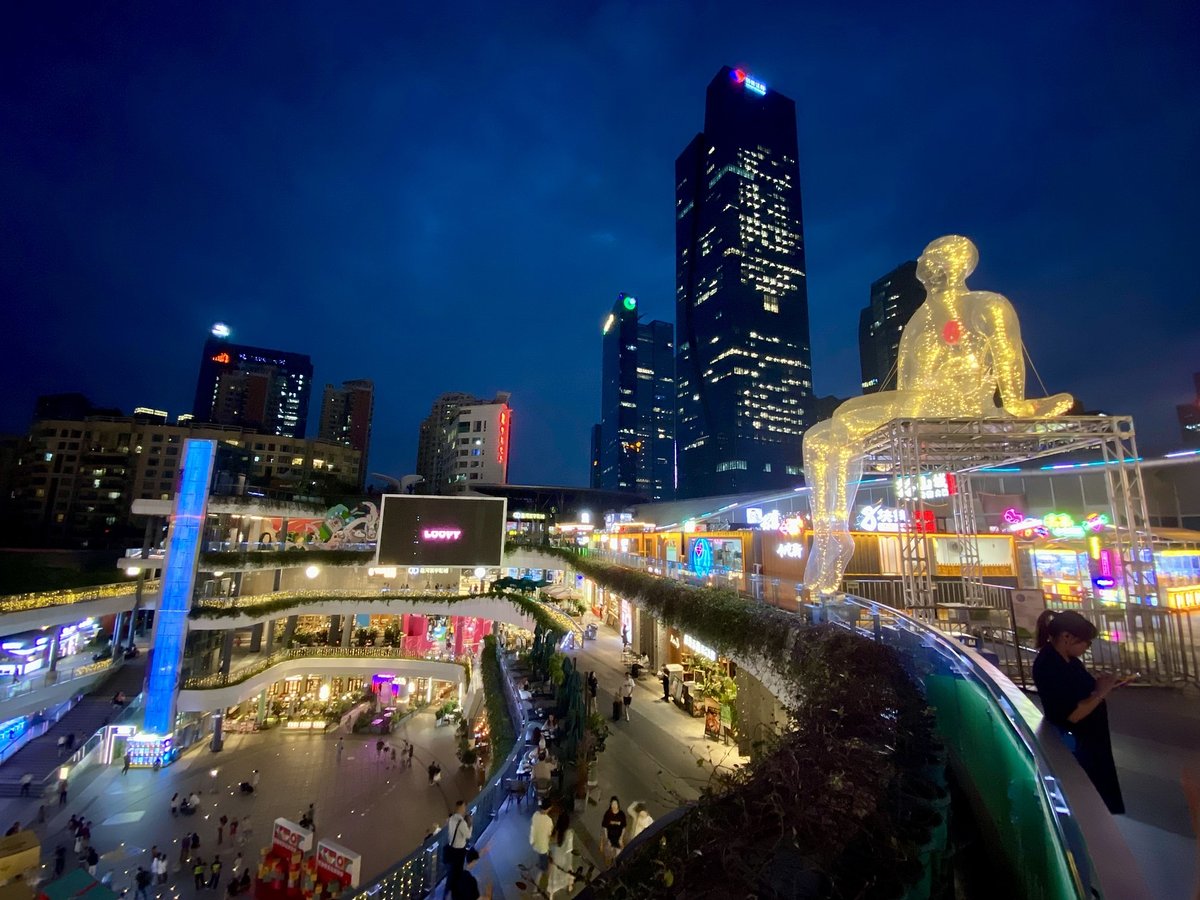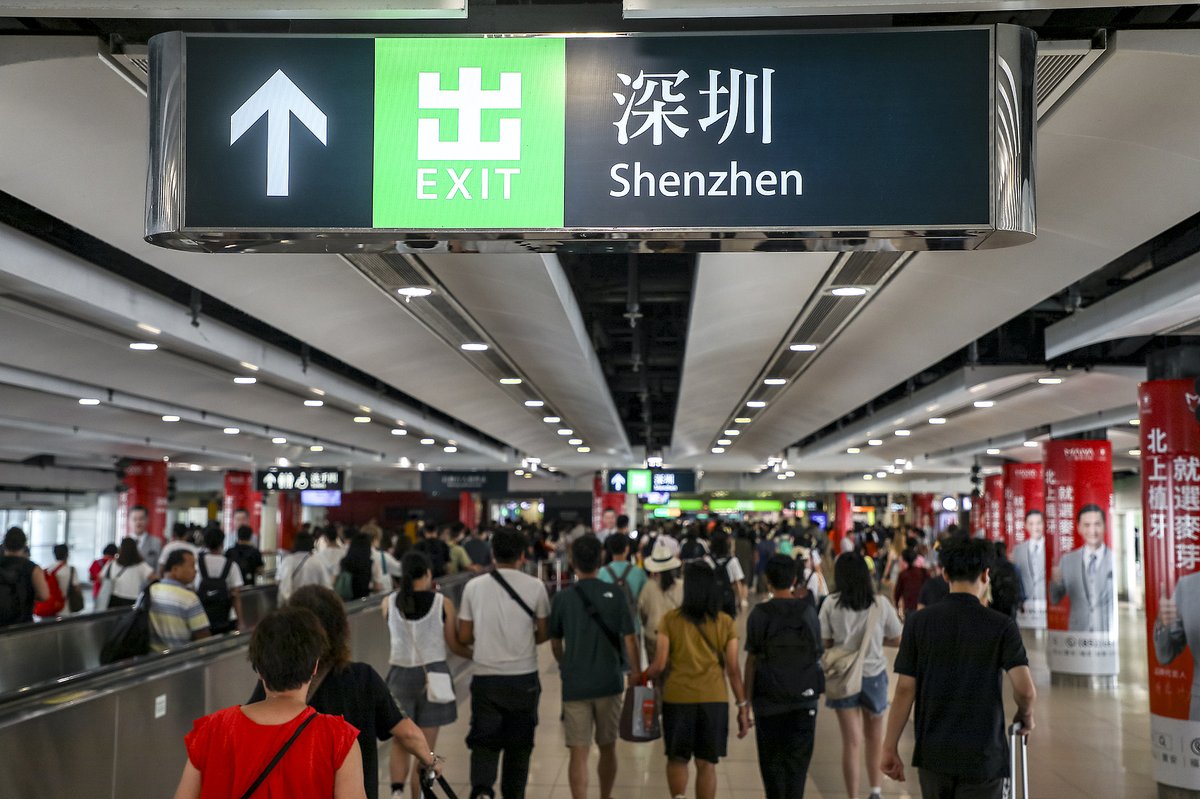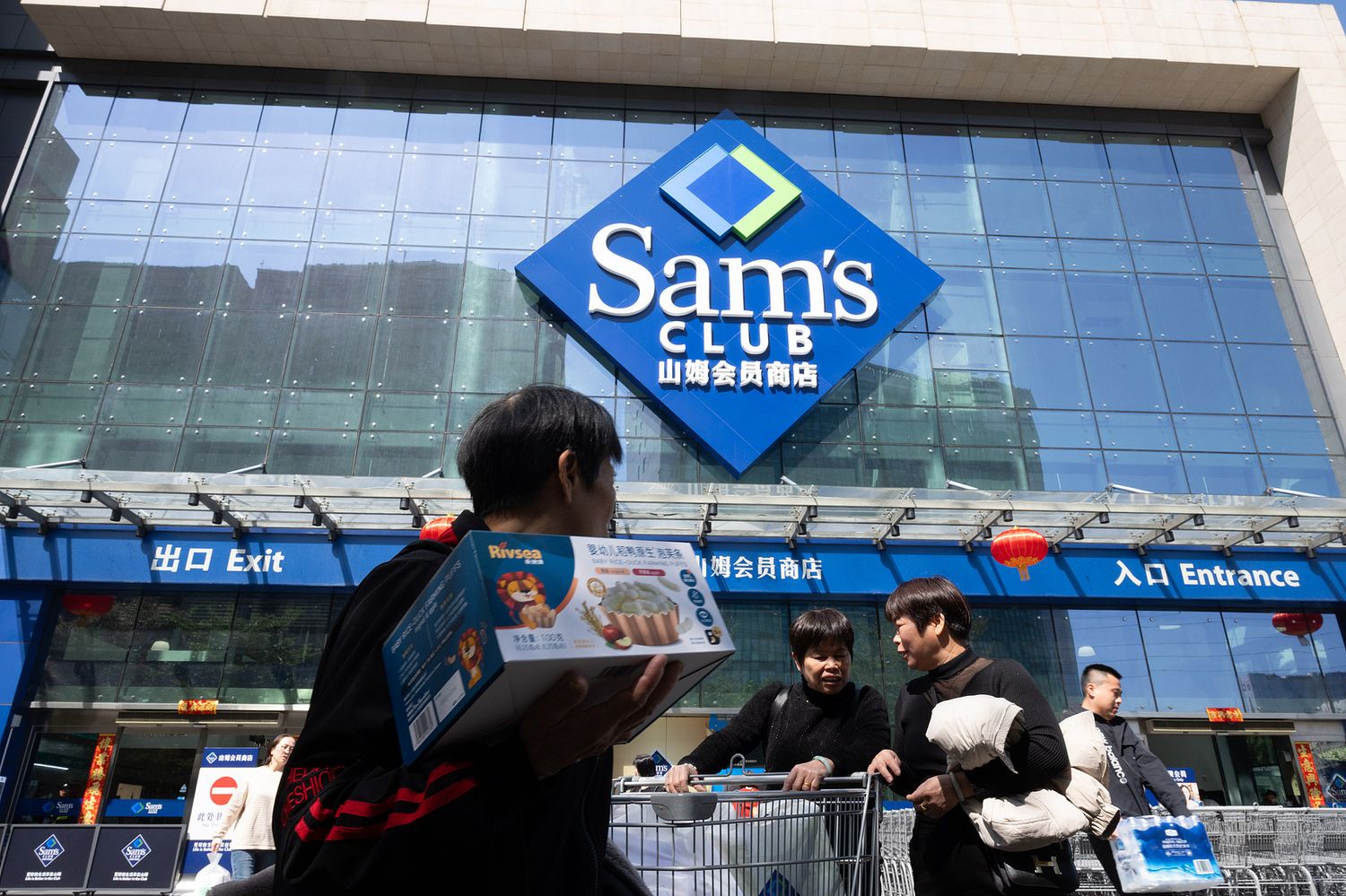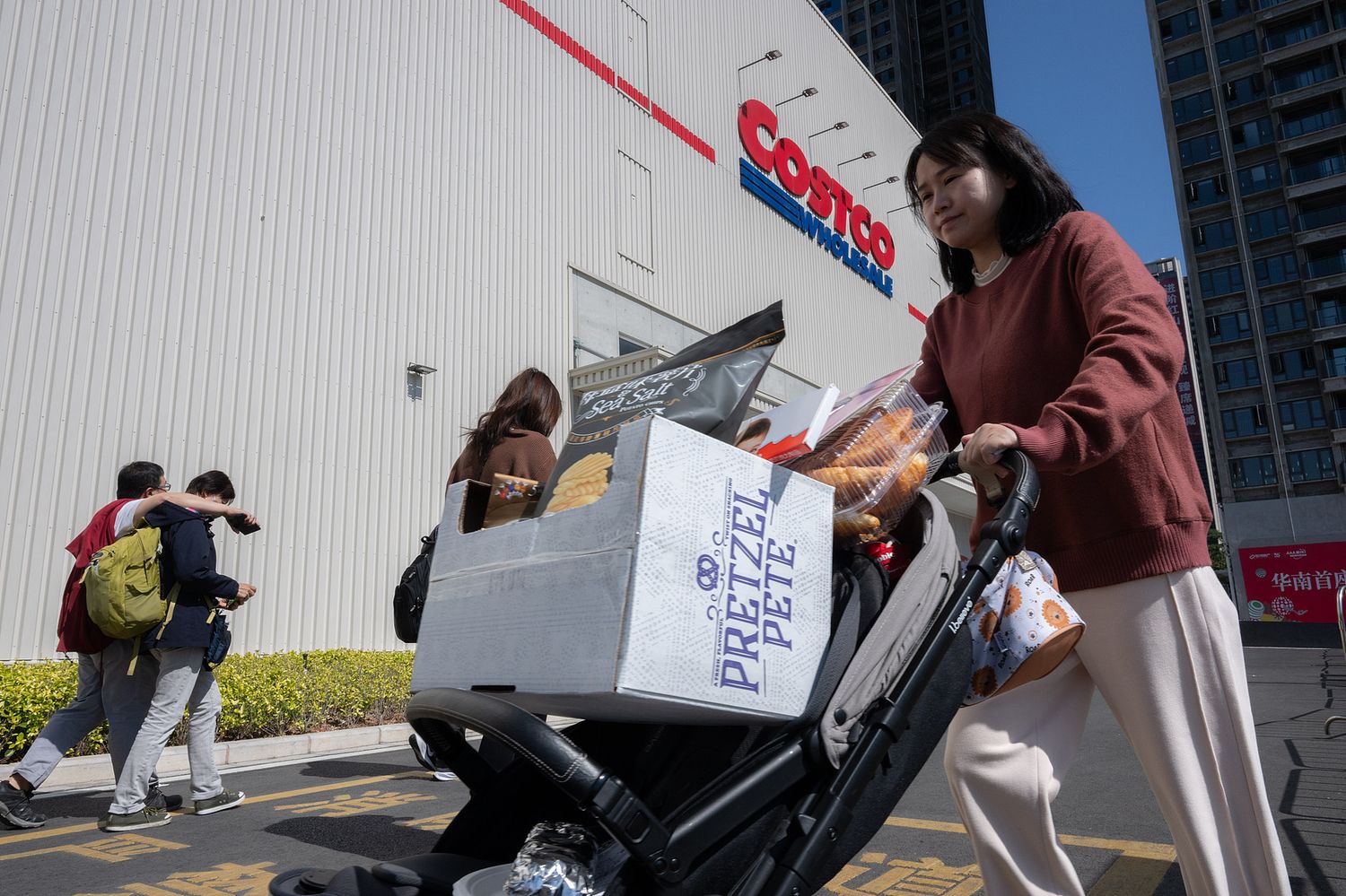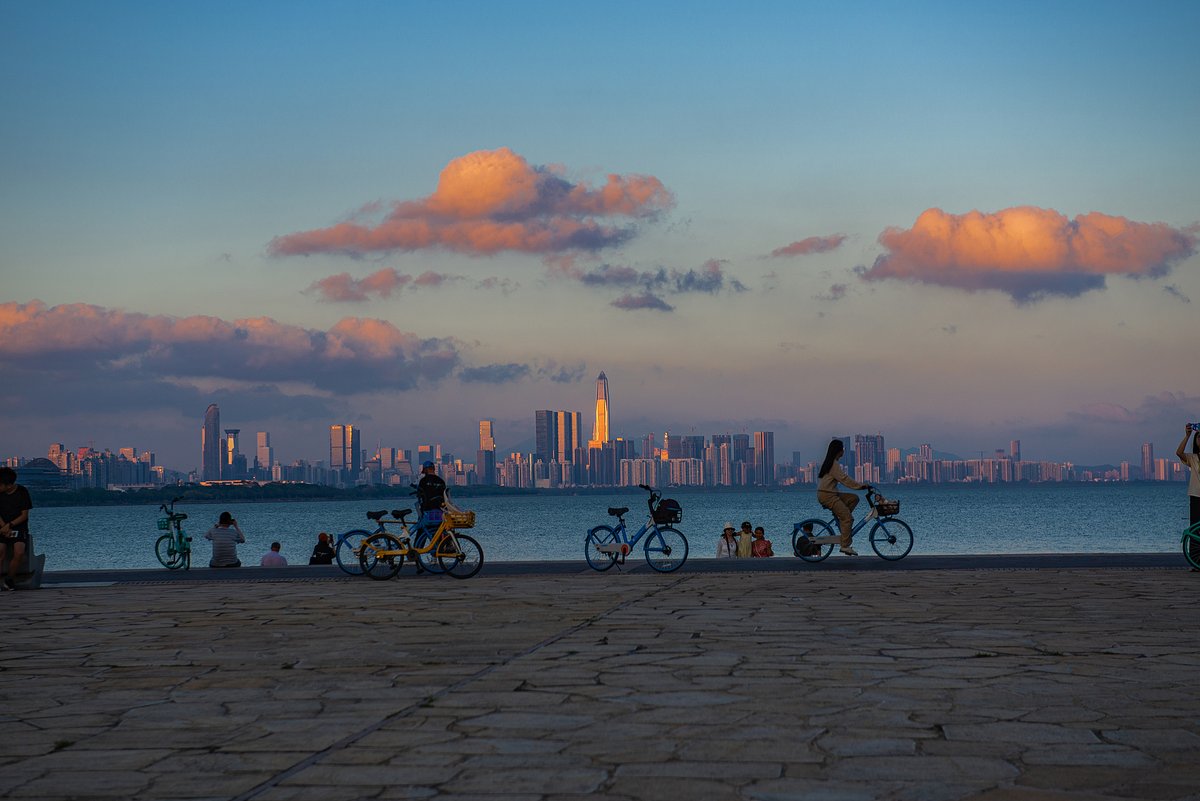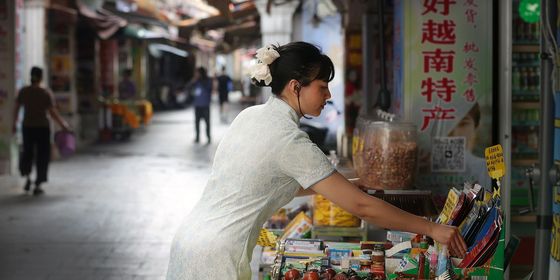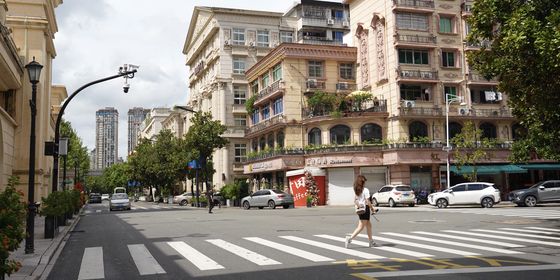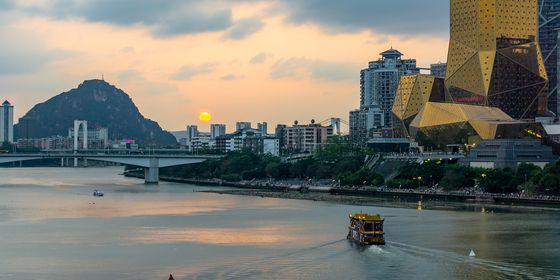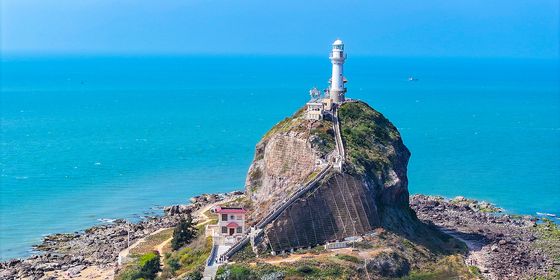Once a shoppers’ paradise, Hong Kong now watches its residents head north in search of low prices, lush parks, and luxe experiences
On the early morning of April 17, a tide of travelers surged across the checkpoints linking Hong Kong to Shenzhen. At Luohu, Futian, Liantang, Shenzhen Bay, and the Hong Kong-Zhuhai-Macao Bridge, the scene was one of organized chaos—swarms of tourists shouldering backpacks and dragging wheeled suitcases snaked through long lines, as cars idled bumper-to-bumper in sluggish queues. It was the eve of the Easter holiday, and the northbound rush had already begun.
While the Chinese mainland doesn’t observe the Christian festival, Hong Kong—shaped by its colonial past—still grants a four-day break. But this year, instead of jetting off to Japan or Korea, droves of Hongkongers chose to cross the border northward. Tickets for direct high-speed trains to popular mainland destinations had sold out days in advance. Many, undeterred, opted to fly or catch trains from Shenzhen—a mainland city less than 30 minutes away by rail—overwhelming the checkpoints and sparking what netizens have dubbed a “Spring Festival-style migration.” According to Caixin News, over 2 million Hong Kong residents crossed via land checkpoints—meaning nearly 90 percent of outbound travelers during the long holiday chose to head north to the mainland.
The moment feels like a mirror turned on history. Just a decade or two ago, it was mainlanders flocking to Hong Kong for luxury goods, dim sum feasts, and a taste of cosmopolitan life. Now, the roles seem to have reversed. Increasingly, Hong Kong residents—many of them weekend regulars—are hopping on the train to Shenzhen, lured by its vibrant food scene, sprawling malls, and cultural attractions that are reshaping ideas of what a mainland city can offer.
Read more about traveling in China:
- Ting Bu Dong? China’s Surging Demand for Foreign Language Tour Guides
- The Quest for Quiet: Can “Reverse Travel” Save China’s Tourists From Holiday Crowds?
- 30 Years of Backpacking in Revolution and Leisure
Huang Yue, a longtime commuter who has lived in Shenzhen while working in Hong Kong for the past two decades, recalls a time when hauling baby formula across the border was part of his daily routine. “I used to bring tins of formula for colleagues and friends,” says Huang. “Some of my coworkers’ babies were practically raised on the stuff I brought back from Hong Kong.” Back in 2008, when the baby formula scandal had just broken out in the Chinese mainland, many flocked to Hong Kong with suitcases in hand to stock up on safer products and other imported goods. “Those days are long gone now,” Huang tells TWOC with a wry smile.
Starting in early 2023, as both Shenzhen and Hong Kong emerged from pandemic lockdowns, more Hong Kong residents began crossing the border into Shenzhen. Hong Kong residents took, on average, over 6 million trips per month to Shenzhen in 2024, up from around 4 million trips per month in 2023, with many popular crossing points, such as at Futian and Luohu, frequently setting new records on daily trips processed.
On the flip side, visits from mainland tourists to Hong Kong have seen a sharp decline in recent years, partly due to the economic slowdown. The number of mainland visitors dropped by 49 percent, from 51 million in 2018 to 26 million in 2023, while overall tourist spending plunged by 46 percent. “The price difference [in imported goods and luxury retail] is no longer significant,” Huang notes, adding that many products are either just as abundant or more easily found on the mainland. In the past couple of years, Huang says he’s rarely done anything but go to work when he makes the commute to Hong Kong.
Cost is a major factor behind the trend. Shenzhen’s significantly lower cost of living stands in stark contrast to Hong Kong, which consistently ranks among the most expensive cities in the world. Since the pandemic, the Hong Kong dollar—pegged to the US dollar—has remained strong, while the Chinese yuan has weakened since early 2022. As a result, Hong Kong residents are finding their salaries go much further across the border, making Shenzhen an increasingly appealing option.
On weekends, it’s easy to spot Hongkongers with their distinct Cantonese accent in Shenzhen’s sprawling malls, splurging on everything from fast fashion to bubble tea—often at a fraction of the price they’d pay back home. Big-box stores like Costco, which opened its doors in Shenzhen in early 2024, quickly became a favorite destination for Hong Kong shoppers seeking bargains. Reports show that 14 percent of Costco members in Shenzhen are from Hong Kong, and special services like Costco and Sam’s Club tour buses have emerged to cater to these visitors.
Vincent Chan (pseudonym), a Hong Kong native living near Tsim Sha Tsui, used to be one of the many young people crowding the waterfront for a glimpse of the Victoria Harbor fireworks or partying the night away in Soho on New Year’s Eve. But this year, for the first time, he crossed the border to Shenzhen, booking an upscale omakase dinner on a friend’s Facebook recommendation. The experience left a lasting impression. “It was amazing,” he tells TWOC. “All the chefs were from Japan, serving the best sushi I’ve ever had in my life.” The service, too, stood out: “It felt like dining in Japan.”
While the meal wasn’t cheap, a discount through a local app made it accessible. “With the coupons I got on Meituan, the price was totally fair. You just wouldn’t get the same experience in Hong Kong—especially not on New Year’s Eve.” Afterwards, Chan and his fiancée took a stroll along Shenzhen Bay Park, a sprawling 13-kilometer stretch of coastal park overlooking Hong Kong. The park offered a perfect blend of festive energy and serene spaces. “It’s a great place to end the year and prepare for the new one,” he says.
Chan has been visiting Shenzhen more frequently over the past year, drawn by its growing appeal as a leisure destination. “It’s more spacious, cheaper, and just more interesting,” he says. With over 1,000 parks, the city has become an ideal backdrop for the popular “city walk” trend. Shenzhen’s leisure offerings—like spas that include free buffets and video game lounges alongside massages—are also catching on with younger visitors. “Shenzhen is getting hipper. There are more interesting concepts here that you can’t find in Hong Kong. You get a lot of options,” says Ricky Tuen, a Hong Kong resident from Tuen Mun who regularly visits Shenzhen.
This change also reflects a growing permeability between the two cities—not just in consumer behavior, but in everyday life. Young entrepreneurs and small business owners are increasingly looking north for better opportunities. Chico Ngou, a Hong Kong native, co-owns a cozy yakitori bar in Shenzhen’s Nanshan district with Tuen and another friend from high school. By day, the space doubles as a hamburger joint. Though all three still live in Hong Kong, they rotate shifts to manage the shop in person.
“You have a lot of creative, educated people with great ideas in Hong Kong,” Ngou says. “But the cost of starting a business there is so high, the incentive isn’t as strong.” Tuen adds, “I’d love to open a store at home—but it’s just too difficult for a small business like ours. But here it is easier.”
This shift marks the latest chapter in the evolving story of two cities long bound by geography, history, and trade. Whether the current tide will hold is anyone’s guess—but one thing is certain: the line between Hong Kong and Shenzhen is becoming blurrier by the weekend.
